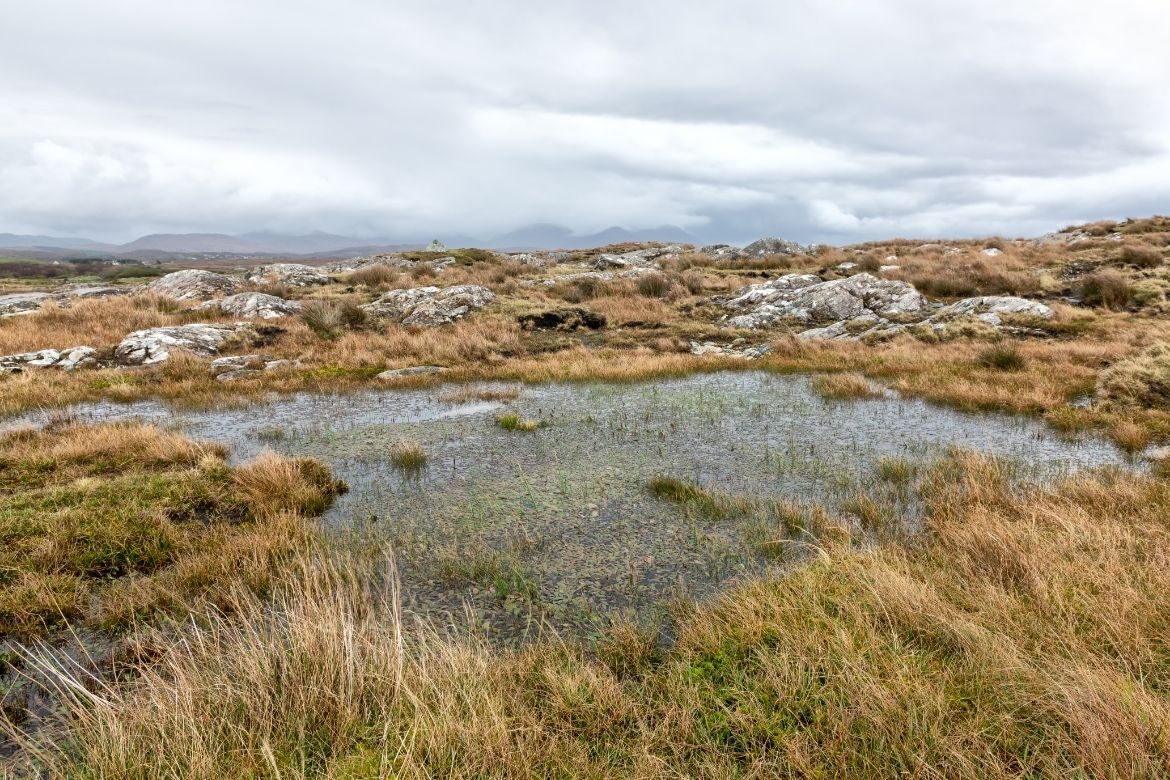The Living Bog project comes to an end this month after six years in existence. From 2016 to 2021, the condition of more than 2,650ha of raised bog habitat has been improved over the duration of the programme, and the project is scheduled to achieve over 720ha of active raised bog habitat across project sites.
It is also estimated that an extra 100t of CO2 are being sequestered per year as a result of the work, and this is expected to increase in the coming years as vegetation on the sites becomes established. These achievements were presented at an end-of-project conference in Athlone, Co. Westmeath this week.
Restoration took place on raised bog special areas of protection across seven counties in Ireland. The works included the blocking of more than 182km of drainage channels with over 15,000 peat or plastic dams and sluices.
In addition, a school outreach project was launched to deliver educational events and encourage students to learn about peatlands, bogs and restoration.
The project worked with communities to create visitor facilities and amenities around sites where the restoration works took place. Looped walking routes, boardwalks and recreational areas were established on a number of them including the Carrownagappul Bog in Mountbellew, Co. Galway, where “the bog has been rechristened as Galway’s Living Bog.
Birdwatch Ireland surveys illustrated that the restoration of some bogs in Galway and Offaly almost immediately impacted the number of bird species, with increased numbers returning there following the rewetting.
LSL News.

